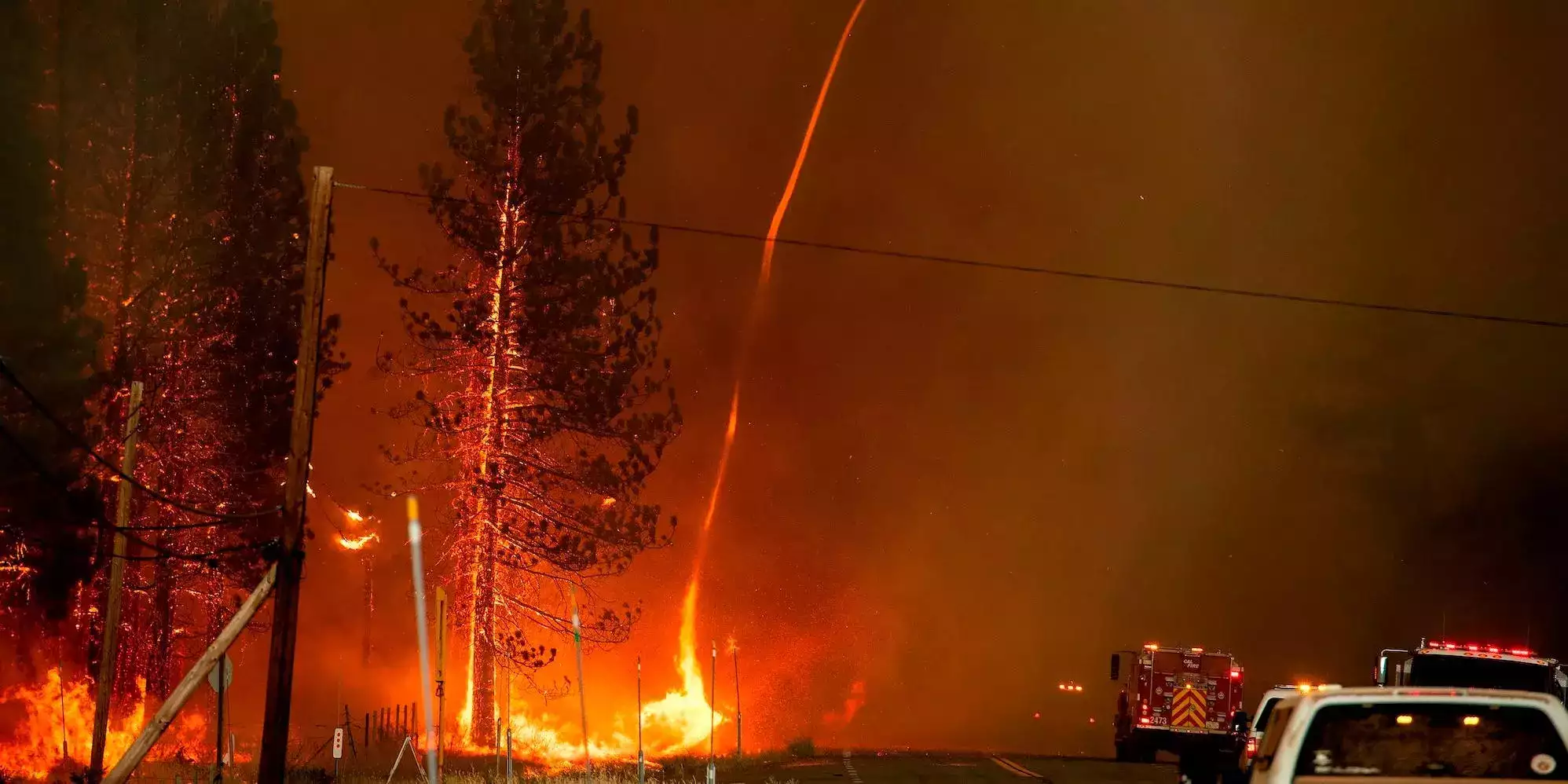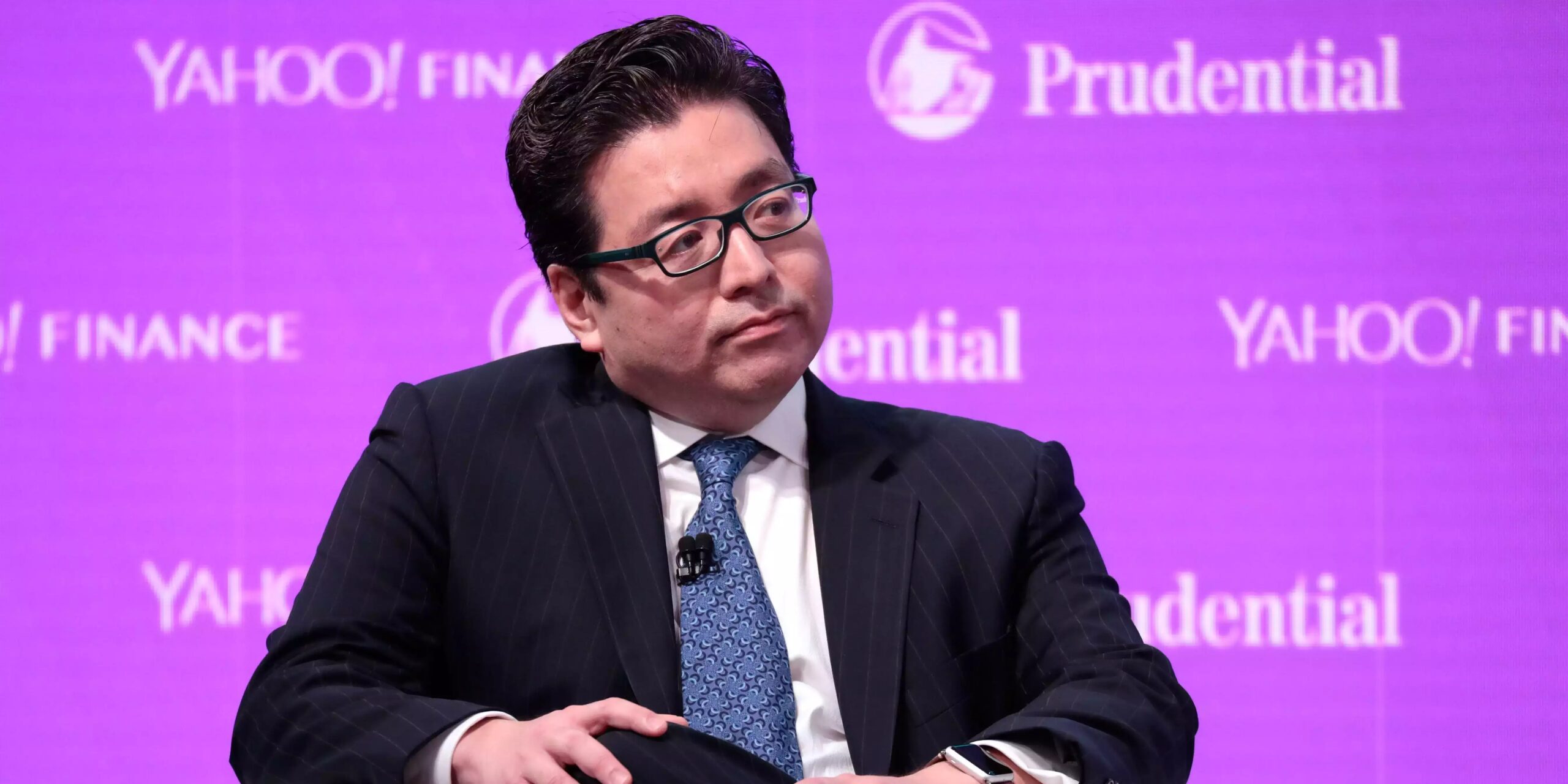Catastrophe bonds, commonly known as cat bonds, are experiencing a highly favorable year due to a combination of factors. The Swiss Re Cat Bond Price Return Index shows a year-to-date return of 16.5%, signaling a prosperous period for investors in this market.
While the bond market has faced challenges recently, such as inflation, a growing federal deficit, and a debt downgrade impacting Treasurys, cat bonds have proven resilient. Emmanuel Modu, the managing director at insurance credit rating agency AM Best, predicts a record return for cat bonds in the current year.
What makes cat bonds so lucrative now? One reason is that these bonds offer high returns if specific natural catastrophes do not occur. In the event of a disaster, the issuer utilizes investors’ funds to pay out claims. Although the US has witnessed 24 climate disaster events in 2023, with losses exceeding $1 billion each, most have not been severe enough to trigger payouts. Consequently, the Swiss Re Cat Bond Price Return Index projects a potential new high for total returns unless a catastrophe strikes in the coming months.
Furthermore, cat bonds remain somewhat insulated from external market forces, such as virus outbreaks, bank failures, or wars. Price fluctuations in the market do not necessarily result in yield fluctuations for these bonds.
Investing in cat bonds also involves placing money into Treasurys. As US yields have risen, returns on cat bonds have followed suit. Additionally, the increased frequency of severe storms and wildfires in recent years has led investors to demand higher risk premiums for cat bonds, contributing to the rise in cat bond yields.
Insurers and reinsurers frequently issue cat bonds to manage their risk exposure. With the escalating climate threat, cat bond issuance reached $10.3 billion by mid-August 2023, already surpassing the $10 billion recorded throughout 2022. Moody’s predicts that the market is on track to exceed the record high of $13.9 billion set in 2021.
The appeal of cat bonds to investors lies in their attractive loss multiple, which compares the potential gains to the potential losses. Loss multiples have more than doubled since 2021, making them an enticing investment opportunity. Hedge funds, pension funds, and other institutional investors form a significant portion of the investor base for cat bonds. These investors seek assets that do not fluctuate in response to broader market conditions.
Jeff Mohrenweiser, senior director at Fitch rating agency, highlights the independence of cat bond returns from interest rate movements, noting that hurricanes are not influenced by such factors. This independence and lack of correlation with other risks make cat bonds an attractive addition to investors’ portfolios.
While cat bonds are typically classified as junk bonds due to their below-investment-grade status and higher probability of default compared to investment-grade bonds, concerns over the impact of climate change on returns in the broader insurance-linked securities market have prompted investors to gravitate towards cat bonds as a higher-quality alternative.
In summary, cat bonds are experiencing a prosperous year with attractive returns amidst a challenging bond market environment. Their unique characteristics, including high returns if specific catastrophes are averted, insulation from external market forces, and their potential for non-correlated risk, make them an appealing investment option for various institutional investors.

I have over 10 years of experience in the cryptocurrency industry and I have been on the list of the top authors on LinkedIn for the past 5 years. I have a wealth of knowledge to share with my readers, and my goal is to help them navigate the ever-changing world of cryptocurrencies.











